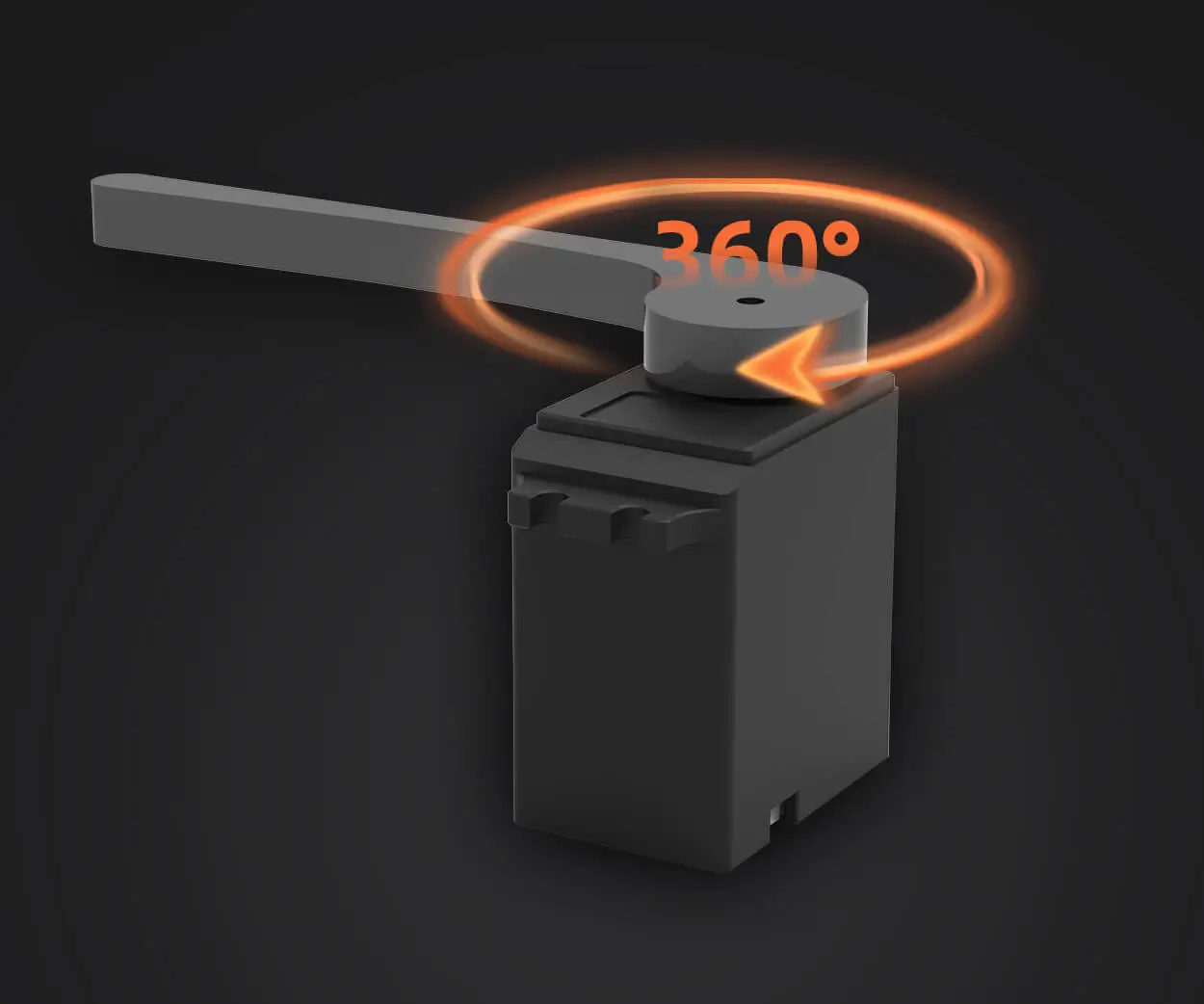part 1:
Imagine a world where machines move with the precision of a master craftsman, where robots assemble devices at astonishing speeds, and aircraft navigate the skies with flawless control. Many of these feats hinge on a single essential component: the servo motor. But what exactly makes a servo motor so remarkable? To truly understand its significance, it helps to explore a tangible example—an application that highlights its power, precision, and versatility.

What is a Servo Motor?
A servo motor is a compact, highly efficient actuator designed to provide precise control of angular or linear position, velocity, and acceleration. Unlike standard motors that run continuously at a fixed speed, servo motors operate based on a feedback system—typically a sensor that informs the motor about its current position. This closed-loop control system allows the motor to make adjustments in real-time, achieving levels of accuracy that are vital in many sophisticated applications.
At its core, a typical servo setup includes a motor, a gear train, a position sensor (like an encoder or potentiometer), and a controller. The controller compares the desired position with the actual position reported by the sensor, then sends signals to adjust the motor's movement accordingly.
Real-World Example: Robotics Arm in Precision Manufacturing
One of the most compelling examples of a servo motor at work is within the robotic arms used in automotive manufacturing plants. These robotic systems perform tasks like welding, assembling, and painting with both speed and precision that humans find hard to match. Let’s delve into how servo motors enable such extraordinary feats.
The Robotic Arm Setup
Picture a robotic arm installed on an assembly line. This arm might have several joints—shoulder, elbow, wrist—each powered by a dedicated servo motor. These motors are responsible for positioning the arm's segments with near-perfect accuracy, allowing it to pick up car parts, weld seams, or apply paint with meticulous detail.
Precision Movement
The core advantage of using servo motors here is their ability to achieve exact position control. For instance, when the robotic arm is commanded to move to a specific angle—say, precisely 45 degrees upstairs or sideways—the servo motor reads the current position via its encoder. If the arm isn’t exactly at 45 degrees, the motor makes real-time adjustments to align perfectly. This closed-loop feedback ensures the robotic arm’s movements are smooth, accurate, and repeatable.
Speed and Responsiveness
Beyond accuracy, servo motors excel in dynamic environments because they can quickly accelerate and decelerate. For example, during a rapid pick-and-place cycle, the motor swiftly reaches target positions without overshoot or jitter. This responsiveness ensures the manufacturing process is efficient, maintaining high throughput without sacrificing quality.
Torque and Power
Another reason for choosing servo motors is their ability to supply high torque even at low speeds—crucial when dealing with heavy components or applying welding voltages. These motors are designed to generate significant force, allowing robotic arms to lift, hold, or manipulate objects with authority, whether it’s moderately sized parts or large automotive panels.
The Control System and Feedback Loop
The secret sauce enabling all this finesse is the communication between the servo motor and its controller. High-performance servo systems typically employ digital control algorithms, often based on PID (Proportional-Integral-Derivative) controllers, that constantly fine-tune the motor’s operation.
For example, if the arm is prompted to rotate to a position but encounters resistance—say, a slight misalignment—the feedback sensor detects a discrepancy in position. This information is sent back to the controller, which momentarily adjusts the motor’s power output, correcting the motion. Such rapid adjustments happen many times per second, resulting in movements that are not only precise but also fluid and stable.
Broader Impact: Beyond Manufacturing
This example of a servo motor in a robotic arm illustrates its versatility far beyond automotive assembly. Similar principles apply in many industries: aerospace (precise control of aircraft control surfaces), healthcare (surgery robots), entertainment (motion capture for special effects), and even in everyday consumer electronics (camera autofocus mechanisms).
By exploring this example, it’s clear that servo motors are fundamental to modern automation, enabling machines to perform complex, delicate, and high-speed tasks confidently.
Feel free to ask for the continuation, and I’ll deliver Part 2!
Kpower has delivered professional drive system solutions to over 500 enterprise clients globally with products covering various fields such as Smart Home Systems, Automatic Electronics, Robotics, Precision Agriculture, Drones, and Industrial Automation.




































